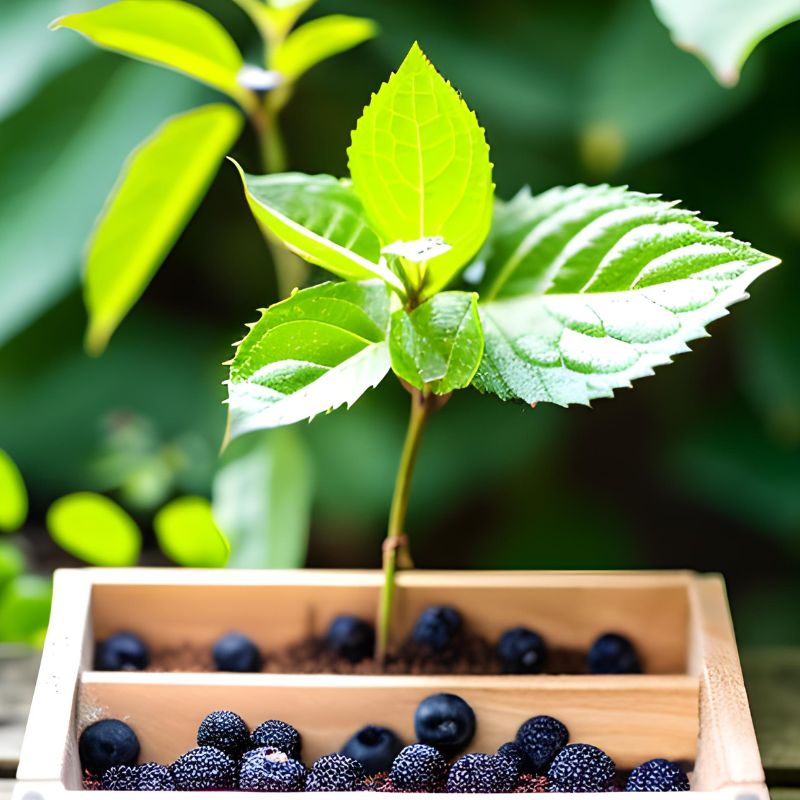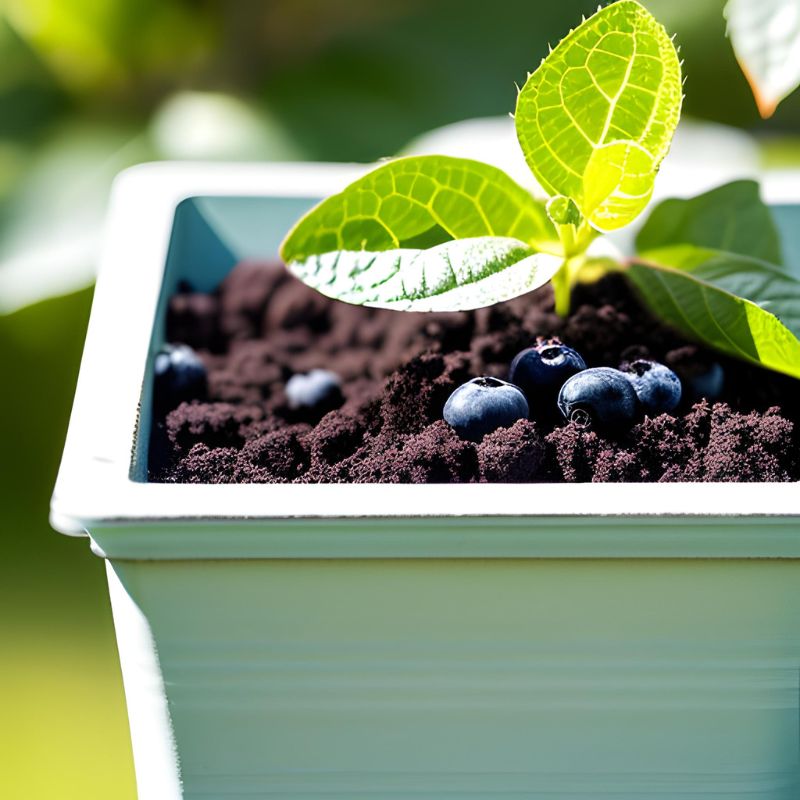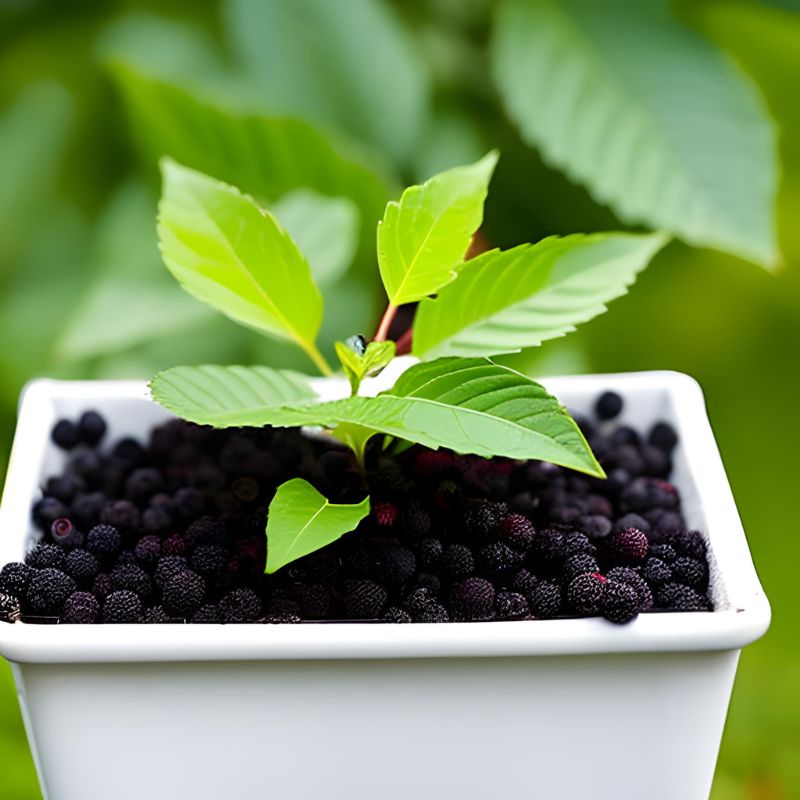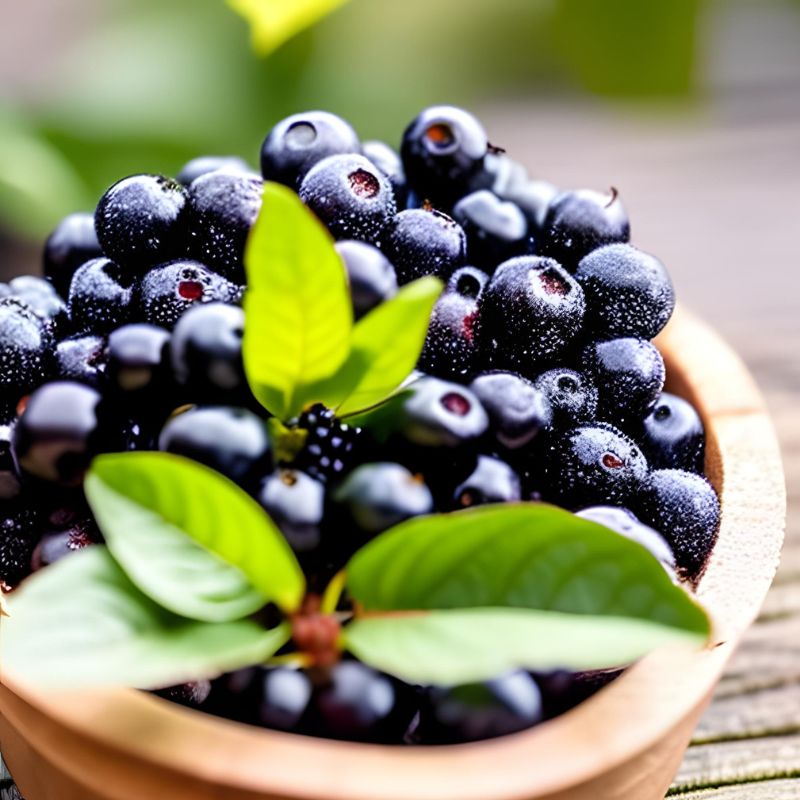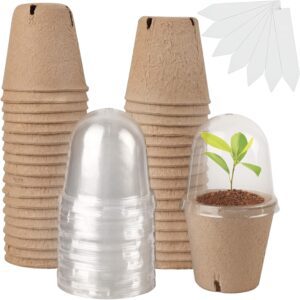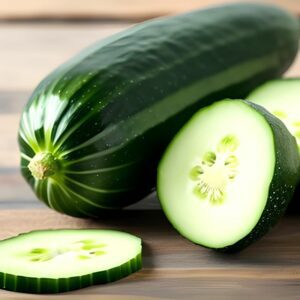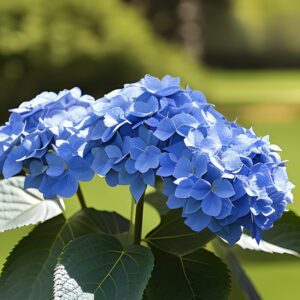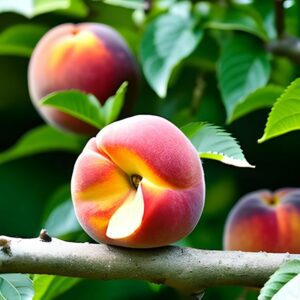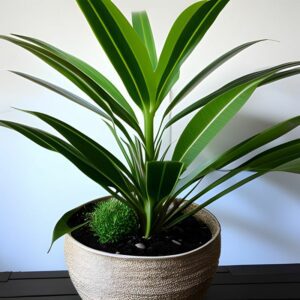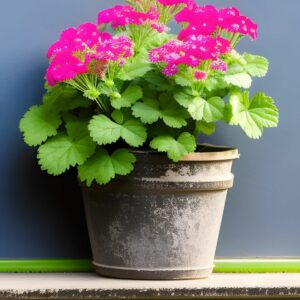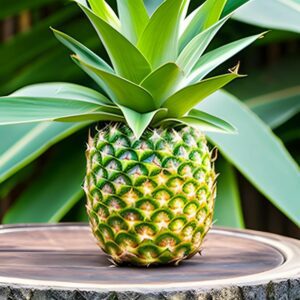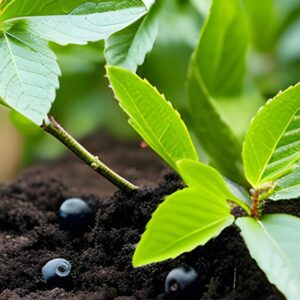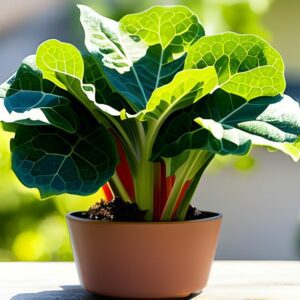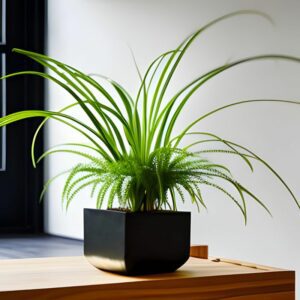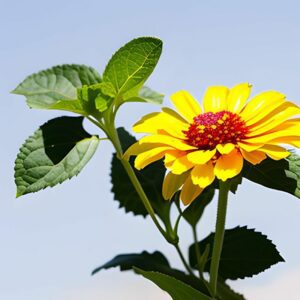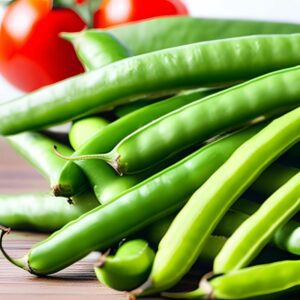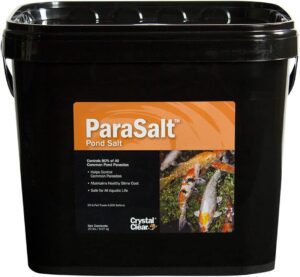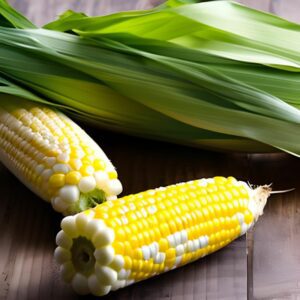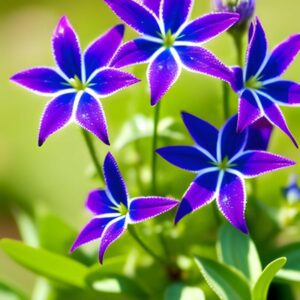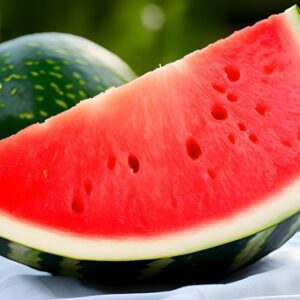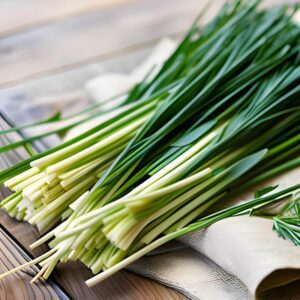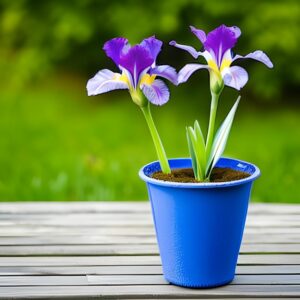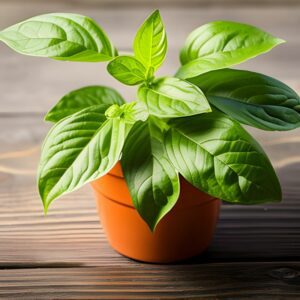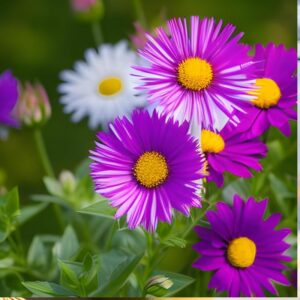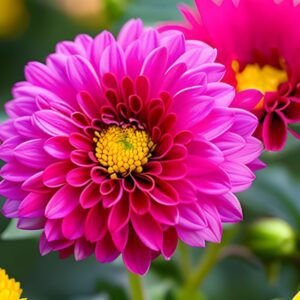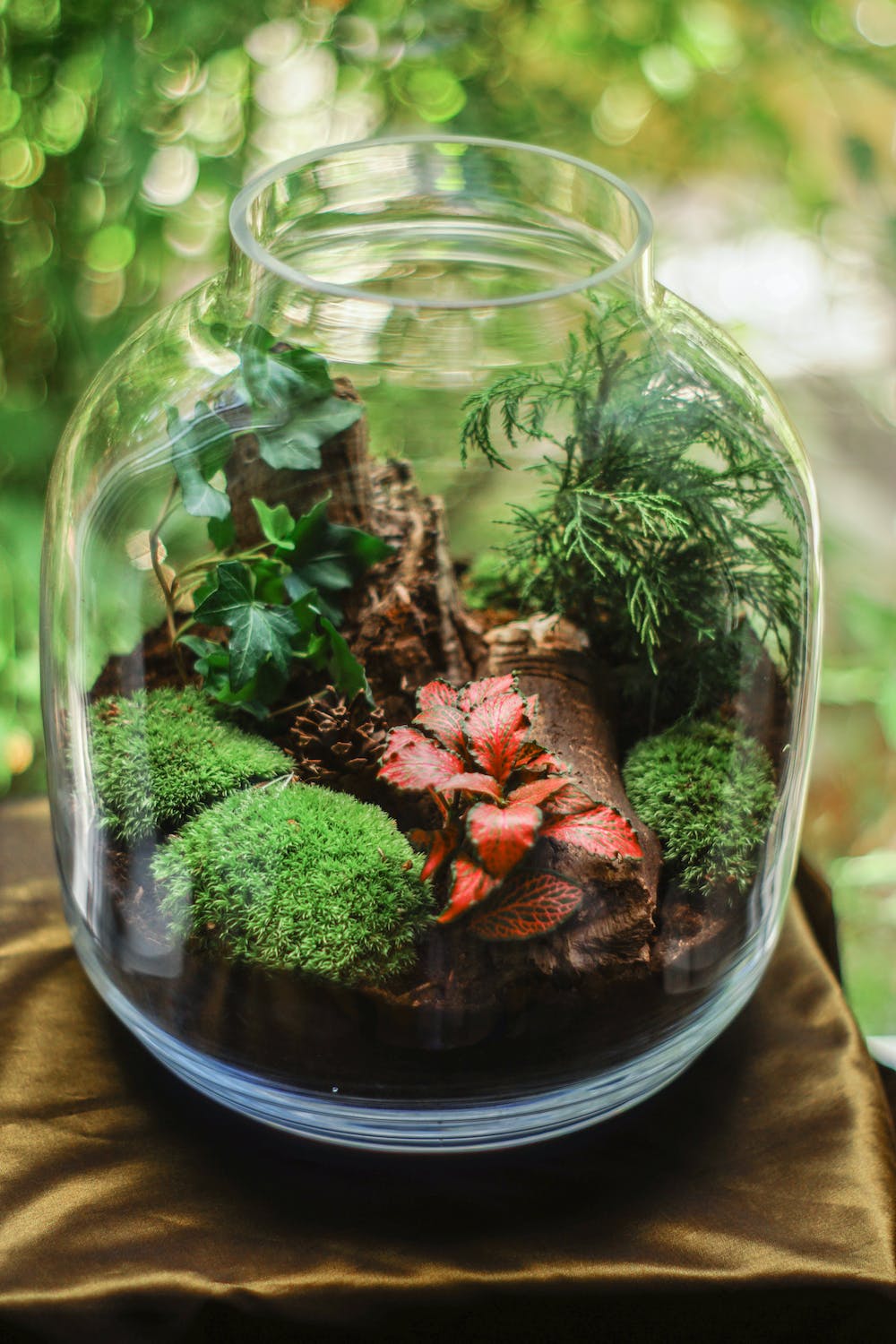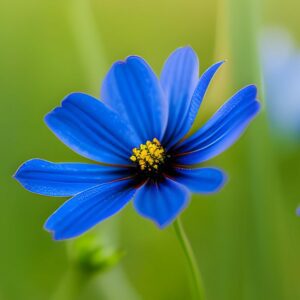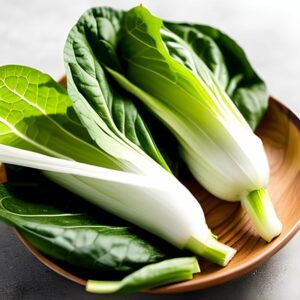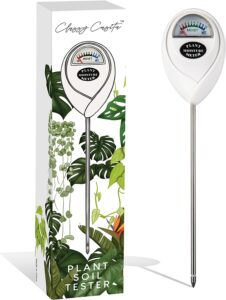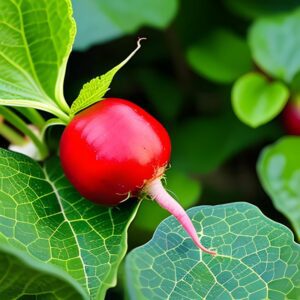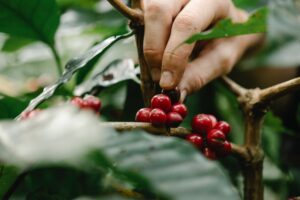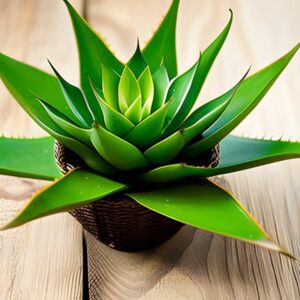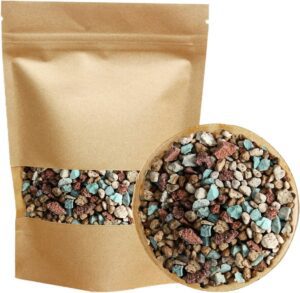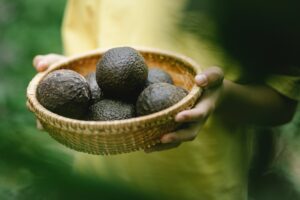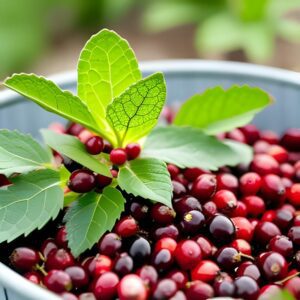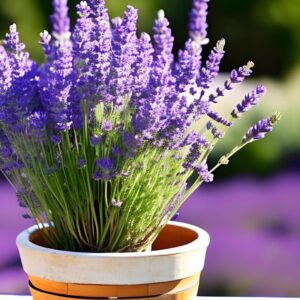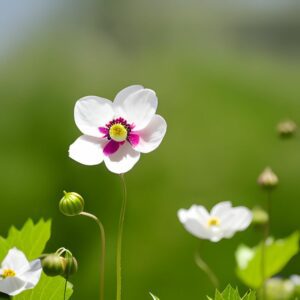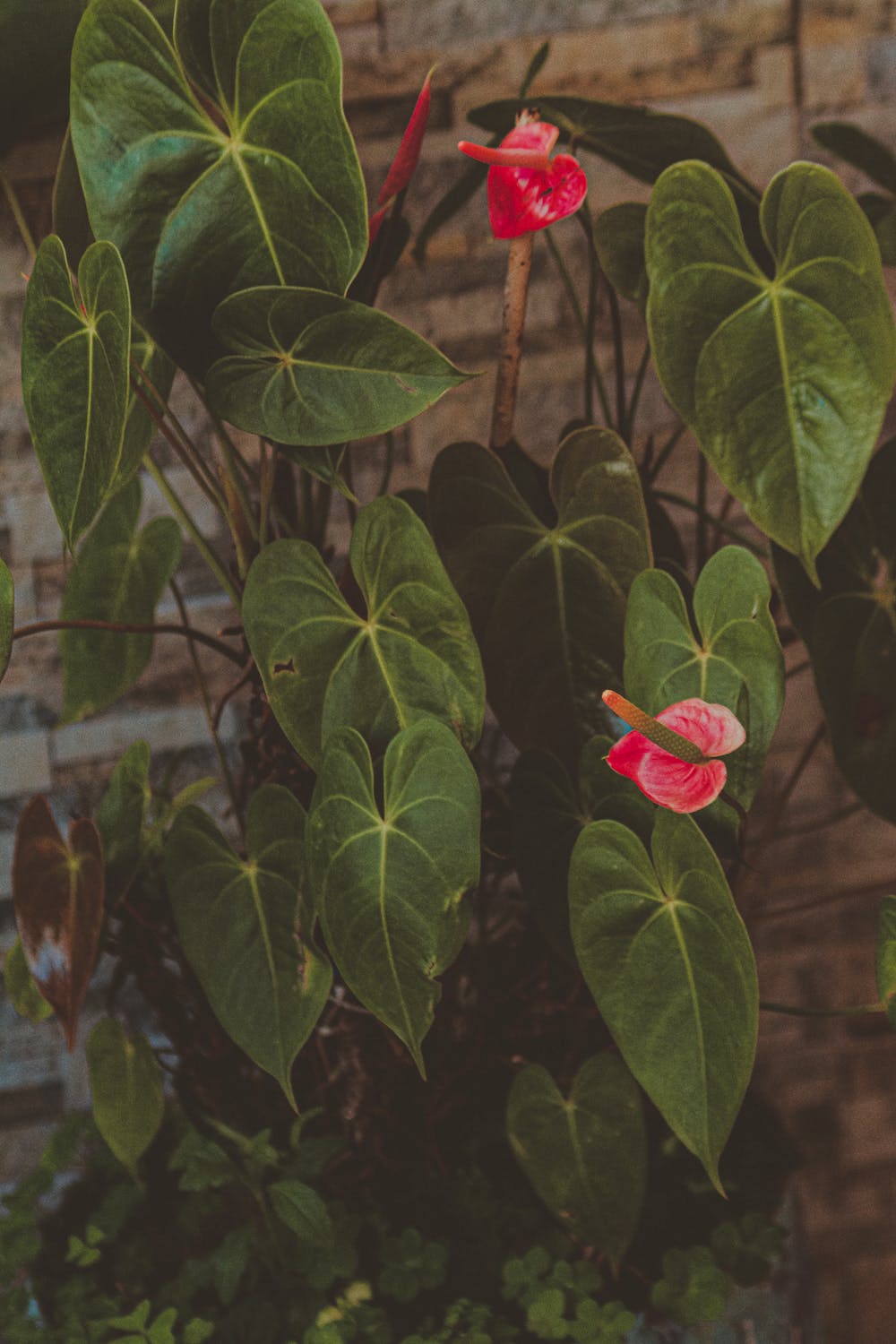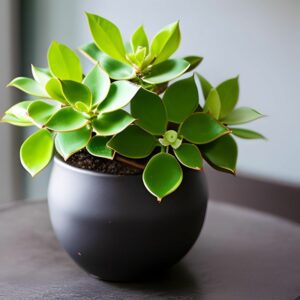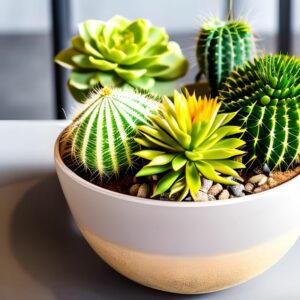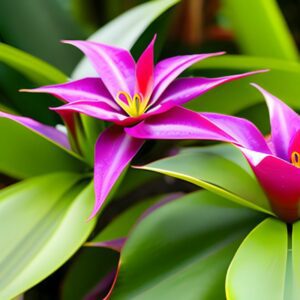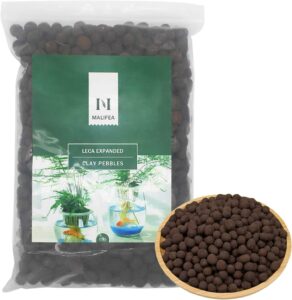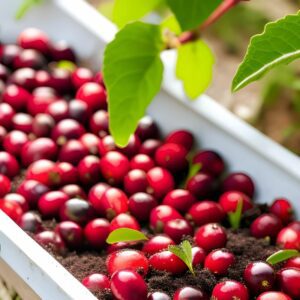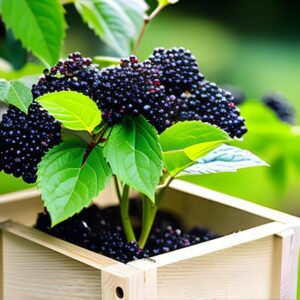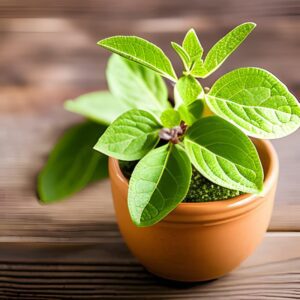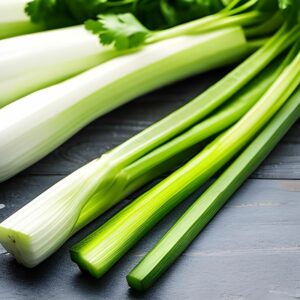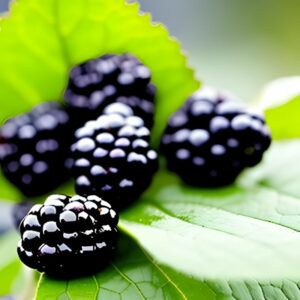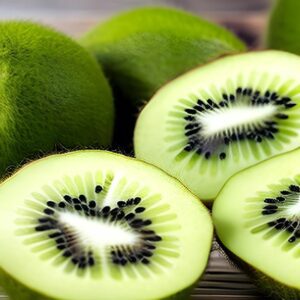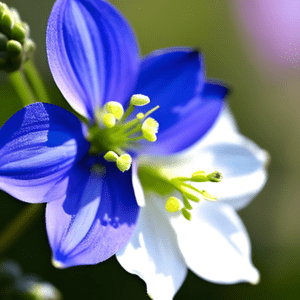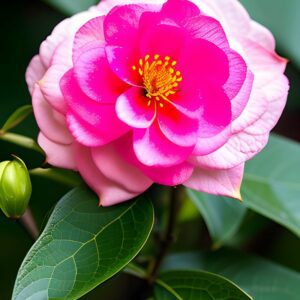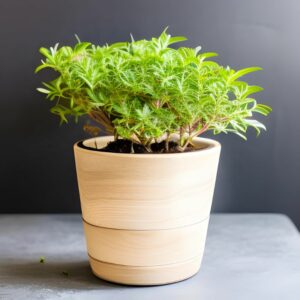Aronia Berry
Berries
- North America
- Easy
- 2-3 years (from planting)
Introduction
The Aronia berry, also known as chokeberry, is a small, dark purple berry native to North America. Despite its name, it offers a unique combination of tart and sweet flavors. Aronia berries are highly nutritious, packed with antioxidants, vitamins, and minerals, making them a popular choice for health-conscious individuals.
Plant Characteristics
Aronia berry shrubs are deciduous and can reach a height of 3-6 feet. They have shiny green leaves that turn vibrant red or purple in the fall. The berries are small and round, with a dark purple or black color when fully ripe. They grow in clusters and are often used in culinary applications such as jams, jellies, juices, and baked goods.
Ideal Growing Conditions
Aronia berries thrive in full sun to partial shade. They are adaptable and can tolerate a wide range of soil types, including acidic or alkaline soils. Well-draining soil is essential to prevent waterlogging. Regular watering, especially during dry periods, is important for healthy plant growth.
Planting Guide
Plant Aronia berry shrubs in early spring or late fall. Dig a hole wide and deep enough to accommodate the root ball. Place the plant in the hole, making sure the soil level matches the top of the root ball. Space multiple plants about 4-6 feet apart to allow for their eventual growth.
Watering and Fertilizing
Keep the soil consistently moist, especially during the first year of growth. Mulching around the base of the plants helps retain moisture and suppress weeds. Fertilize annually in early spring with a balanced organic fertilizer, following the manufacturer’s instructions.
Pruning and Maintenance
Prune Aronia berry shrubs in late winter or early spring to remove dead, damaged, or overcrowded branches. This helps maintain the plant’s shape, promotes air circulation, and encourages new growth. Regularly monitor for pests and diseases, and take appropriate measures if necessary.
Harvesting or Flowering
Aronia berries are typically harvested when they are fully ripe, usually in late summer or early fall. They should have a dark purple or black color and a slightly soft texture. Harvest the berries by gently picking them from the clusters. Avoid excessive squeezing or rough handling to prevent bruising.
Post-Harvest Care
After harvesting, remove any stems or leaves from the berries. Use them fresh or preserve them by freezing, drying, or making various products like jams, syrups, or baked goods. Properly stored Aronia berries can be kept in the refrigerator for up to a week or frozen for longer-term storage.
Troubleshooting
Aronia berries are generally resilient and have few serious pest or disease issues. However, they may be susceptible to common berry pests like aphids, mites, or birds. Protect the plants with netting if bird damage is a concern, and address pest issues using organic methods if necessary.
Fun Facts
- Aronia berries have gained popularity in recent years due to their high antioxidant content and potential health benefits. They are often used as an ingredient in functional foods, beverages, and dietary supplements. Additionally, the vibrant red or purple foliage of Aronia berry shrubs adds ornamental value to gardens and landscapes.
